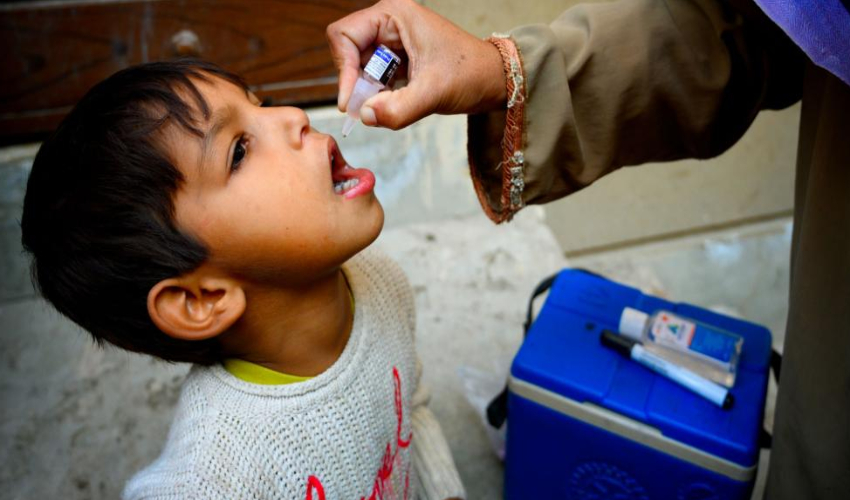According to a global analysis published in The Lancet journal, there are now more than one billion children, teenagers, and adults suffering from obesity globally.
According to the researchers, these patterns, along with the fact that the percentage of underweight persons has decreased since 1990, make obesity the most common kind of malnutrition among most of the nations.
Based on a global data study conducted by the World Health Organization (WHO) and the NCD Risk Factor Collaboration (NCD-RisC), the rate of obesity among children and adolescents worldwide was four times higher in 2022 than it was in 1990.
According to the study among adults, the obesity rate more than doubled in women and nearly tripled in men. In total, 159 million children and adolescents and 879 million adults were living with obesity in 2022.
The percentage of children and teenagers worldwide who suffer from underweight decreased by more than one-third for boys and almost one-fifth for girls between 1990 and 2022. During the same time span, the percentage of adults worldwide who suffered from underweight fell by more than half.
Obesity and underweight both are linked with malnutrition and it also affect people health in many ways.
Latest research study reveals a very detailed picture regarding the global trends in both forms of malnutrition over the last 33 years.
Senior Professor and author from Imperial College London Majid Ezzati express that "It is very concerning that the epidemic of obesity that was evident among adults in much of the world in 1990 is now mirrored in school-aged children and adolescents”.
He further said that "At the same time, hundreds of millions are still affected by undernutrition, particularly in some of the poorest parts of the world. To successfully tackle both forms of malnutrition it is vital we significantly improve the availability and affordability of healthy, nutritious foods".
Over 220 million persons representing more than 190 nations, aged five years or older, had their weight and height measured by the researchers. Of them, 63 million were aged five to 19 and 158 million were aged 20 or older.
The study, which examined body mass index (BMI) to determine how obesity and underweight have evolved globally between 1990 and 2022, involved over 1,500 academics.
The study found that from 1990 to 2022, global obesity rates more than quadrupled in girls and boys, with increases seen in almost all countries.
The researchers also revealed that the proportion of underweight girls fell from 10.3 per cent in 1990 to 8.2 per cent in 2022, and for boys, it fell from 16.7 percent to 10.8 percent. There has been a decline in the rates of underweight among girls in 44 nations, and a fall in the rates among boys in 80 countries.
Between 1990 and 2022, the percentage of adults who were fat doubled for women and almost tripled for males. Between 1990 and 2022, the percentage of underweight adults dropped by half.
The researchers said that in total, nearly over 880 million adults were living with obesity in 2022 (504 million women and 374 million men), four and a half times the 195 million recorded in 1990 (128 million women and 67 million men).
The combined burden of both form of malnutrition increased in all age groups mostly between 1990 and 2022, driven by increasing obesity rates.
However, the double burden of malnutrition decreased in several South and Southeast Asian nations as well as in many African nations where there was a sharp fall in underweight male’s ratio.



























